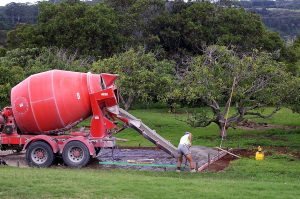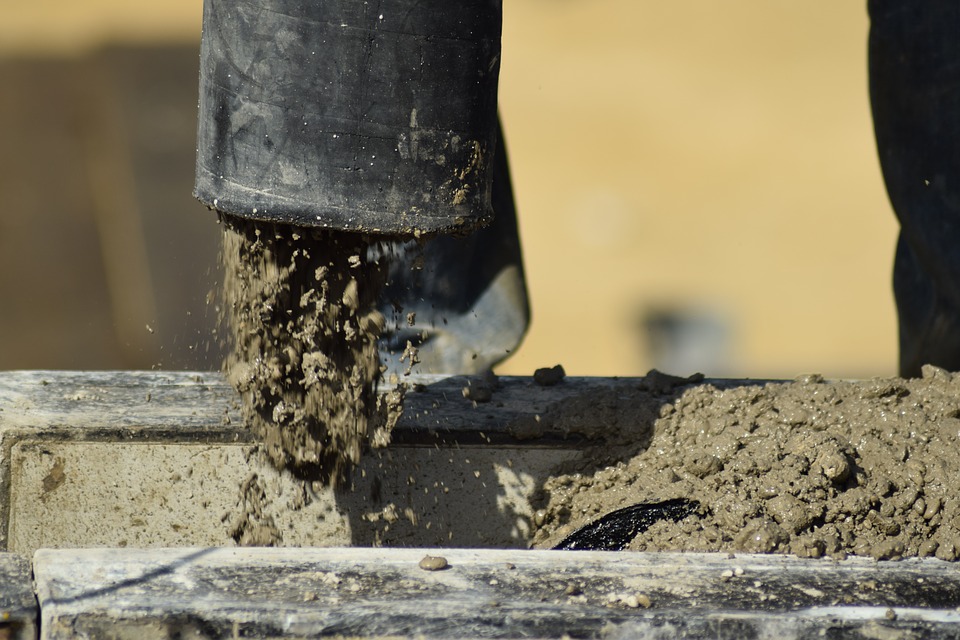Concrete Curing
The concrete curing process is essential to the long-term durability of the concrete. For the initial seven days after it has been placed, concrete needs to be kept as moist as possible. It also needs to be given enough drying time before it is subjected to de-icing salts or freezing temperatures.

Properly curing concrete requires the proper control of temperature and moisture. If concrete is not properly cured, it might only achieve half of its total potential design strength.
There are two major facts that show why a seven-day curing period is a good idea:
Cement, which is the active ingredient contained in concrete, needs moisture on a constant basis in order to increase its strength
When concrete is kept moist for seven days, it will gain strength and also produce fewer cracks and shrink less
There are several ways to assist the curing process:
Leave the forms in place
Use coverings like insulating blankets, polyethylene, wet burlap, or similar materials
Spray a mist or pond water over the concrete
Spray-on sealers and liquid curing agents
The most convenient and effective method is to use a liquid curing agent. You should apply this curing agent right after the finishing process is complete. When a curing agent is used, a membrane forms on the concrete’s surface to retain moisture. After applying the curing agent, no further work needs to be done to the concrete. Curing agents are applied using a roller or sprayer.
CSA A23.1 states that curing is a required part of the concrete construction process and that moisture is required in order to maintain concrete at a minimum 10°C temperature and 100% relative humidity for 3 days at least. For durability requirements of S1, S2, C1, C2, and F1 exposure classes, the period is extended out to 7 days minimum.
Curing In Cold Weather
It is also possible to safely place concrete during the colder months as long as the proper precautions are taken. The mix during colder weather should be adapted to the current ambient temperature by providing protection, adding accelerators, and heating the concrete.
Heat is generated by concrete during hydration, which is the chemical process that takes place when cement reacts with water in order to form a stable and hard paste. The hydration process is affected by the mix design, concrete dimensions, ambient air temperature, and the initial concrete temperature. The concrete’s temperature during placement and after is critical due to the fact that as the temperature goes down concrete sets at a slower rate. Finishing and removal of the forms might be delayed when the weather is cool. To maintain the development of strength, the proper precautions need to be taken.
Concrete should not be placed in freezing weather, snow, or on frozen ground. If concrete freezes when it is in a saturated condition, then surface problems may arise such as cracking, spalling or scaling due to frozen water expanding and contracting inside of the concrete. In freezing weather conditions, water curing of the concrete should be stopped 12 hours before the protection period ends. A curing agent should not be used if there is a chance that the concrete might freeze at any time during the curing process.
Concrete should be protected against freezing temperatures for 3-7 days after it is placed.
Leave the forms in place for as long as possible. The edges and corners are the most vulnerable (heat and cover if necessary).
Cover and heat flatwork to protect it or cover with straw and plastic or use insulated blankets.




